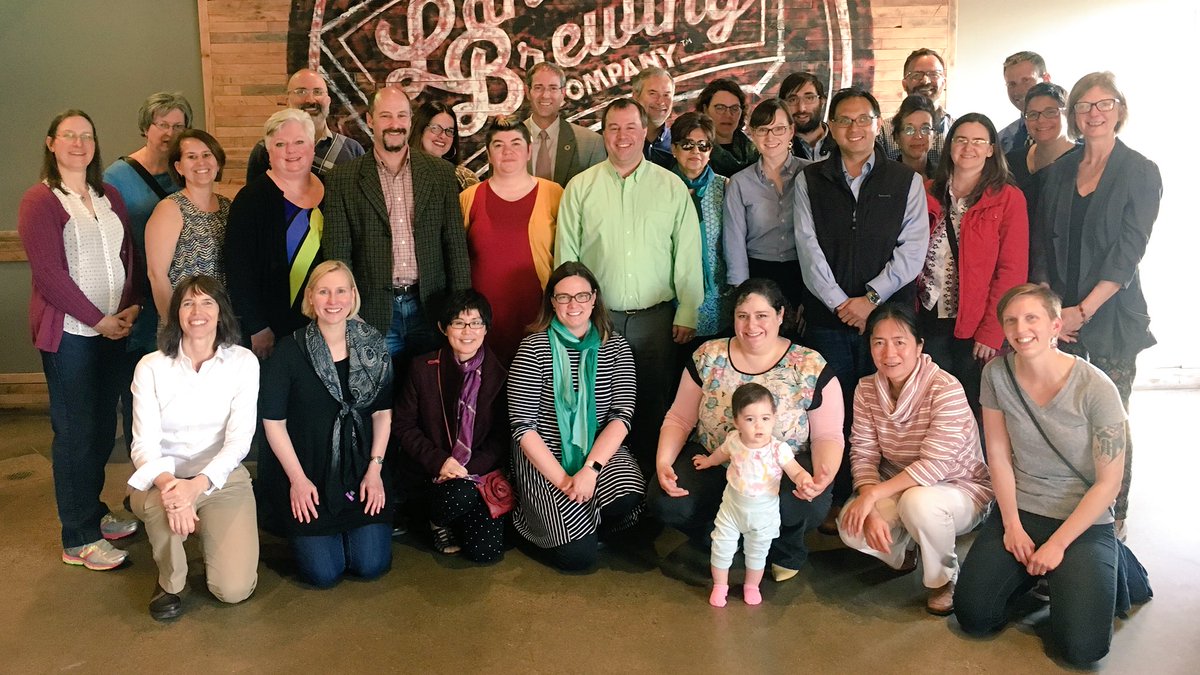I am delighted to announce that, beginning in Fall 2018, I will be moving to the Religious Studies department at MSU! I will maintain 40% of my appointment to English, but the remaining 60% will be in Religious Studies!
The faculty in the religious studies department are committed to each other and their program. They have a close relationship with their undergraduate students and care deeply about their achievement. I hope that the courses and expertise I bring will add to these worthy efforts.
Beginning in Fall 2018, I will be teaching REL 205: Myth, Self and Religion. My focus will be on stories about creation, transformation and destruction: the ways we can interpret these stories as myths, religious texts or psychological ones. At the end of the semester, students will be able to answer the following essential questions:
- Why do the themes of Creation, Transformation and Destruction occur so frequently in popular and esoteric culture–both ancient and contemporary?
- How does one recognize whether a text is being used for mythic, personal/psychological or religious purposes?
- How can we interpret the same text as myth, personal or religious?
- How is the study of creation, transformation, and destruction stories relevant to the lives of 21st century students?
Here’s a copy of my working (i.e., rough draft) syllabus: Valles REL 205 Syllabus FA18. As I make changes, I will try to remember to update the version here.
I’d love to hear from anyone with ideas about how to make it stronger! To comment, you can either email me at vallesm@msu.edu or tweet me @margotvalles1.




















